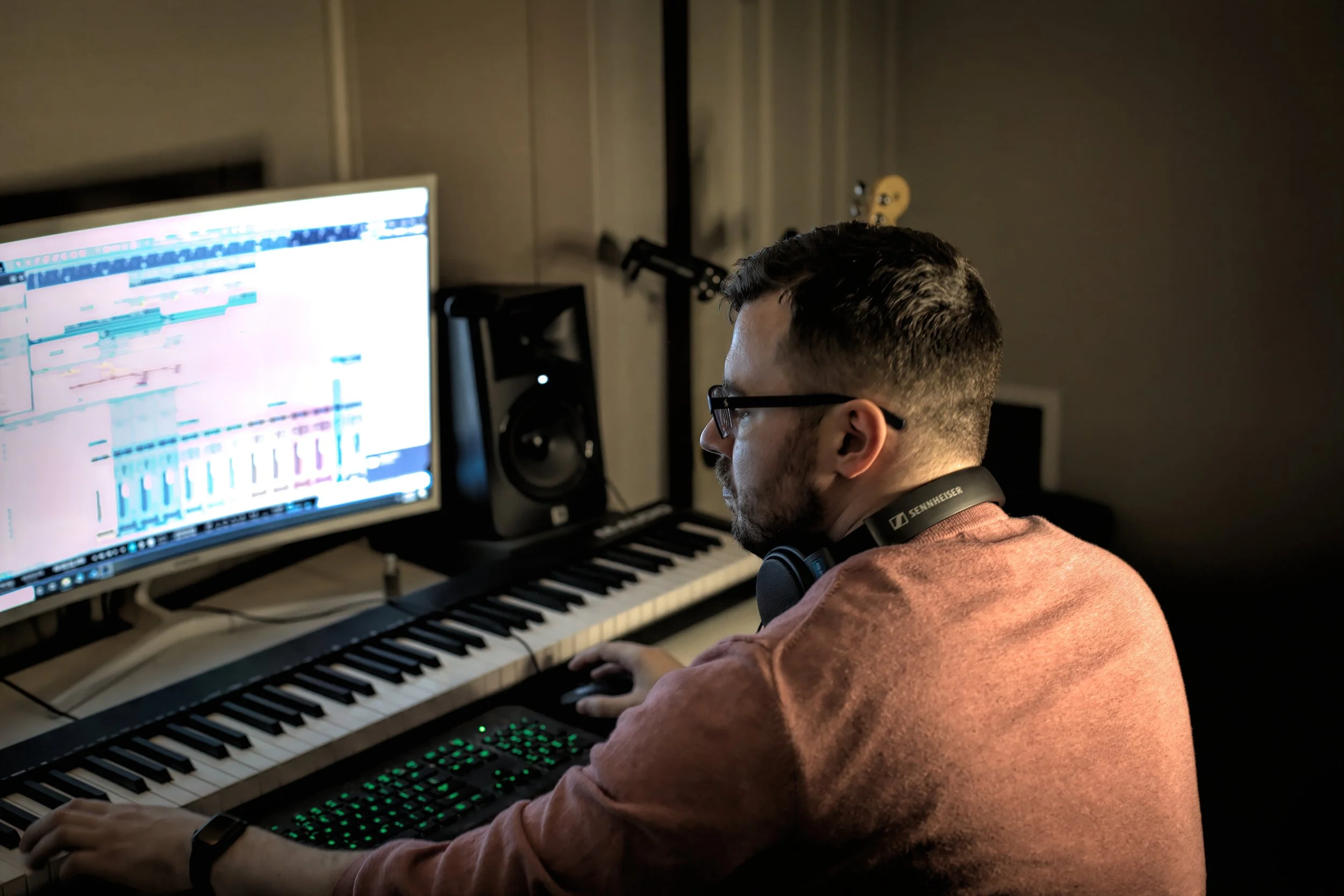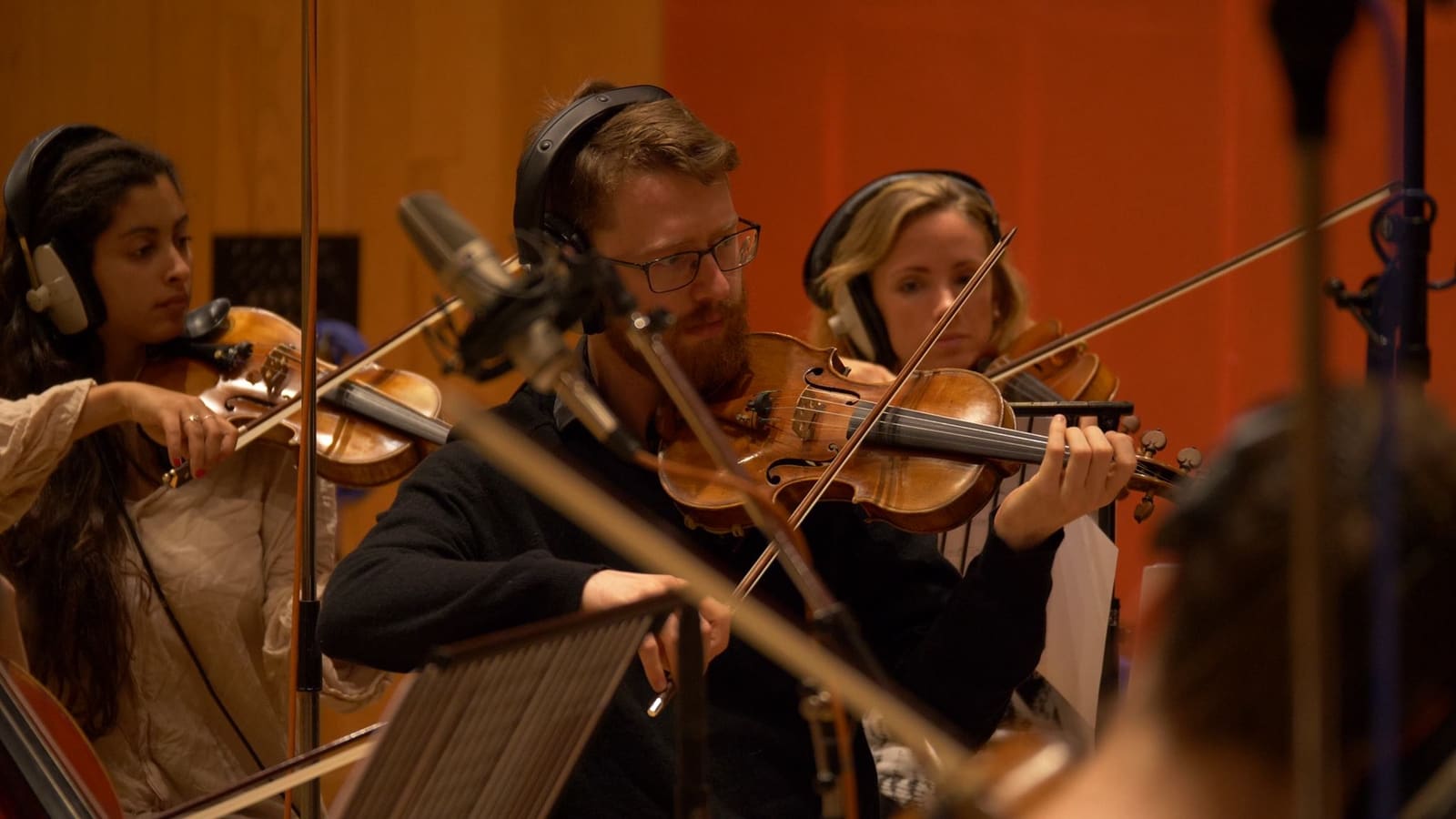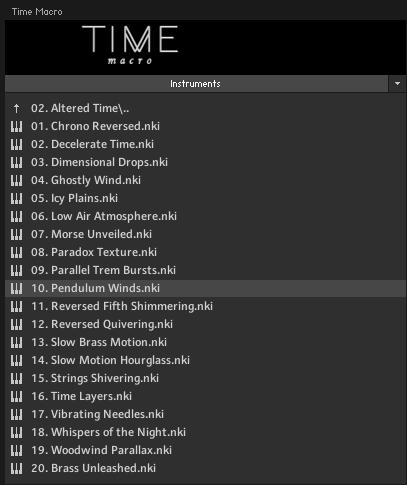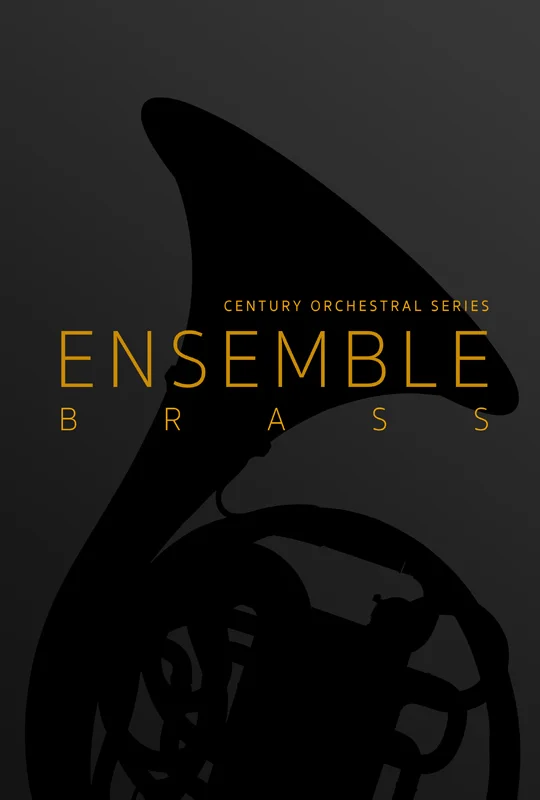Harsh and somewhat cynical post warning :)
Let’s address a very problematic topic that plagues composer forums worldwide and often the online music industry as a whole. I’m talking about relentless music spammers. The people who go to every single composer or musician group on Facebook and post the same song to each one, usually with the same description copied and pasted beneath it. “Hey guys, please enjoy this latest track I’ve been working on, I used EW Composer Cloud and I think it’s my greatest epic track so far! Don’t forget to subscribe to my channel, thanks!” (People who just post the song without even a description are even worse and possibly sociopaths) Often times this link will have the name of the song followed by “Most epic emotional beautiful uplifting music.” The over compensation for a lack of a true musical career doesn’t look good on anyone. Think about it: you’re going to a group of people who all have their own careers and many have dedicated years of their lives to gaining valuable connections and building a portfolio of quality work, and asking them to take time out of their own profession to randomly listen to a song from someone who has nowhere near the level of experience and is just going through a self inflicted “creative high” that we all get when we realize we have potential to do great things creatively. To be clear, I am not talking about asking for critique or posting to a “share your track” thread. I’m talking about the ones who friend request you and ten seconds later invite you to like their band/artist/composer page. The ones who follow you on Instagram or Twitter and feel it’s somehow acceptable to send you a direct message asking you to not only listen to their new song, but to follow them on all their social media pages and share it to your fans, without even properly introducing themselves or offering anything worthwhile in return (maybe comment on a track of mine you like, and ask me to listen to one of yours, I would be much more inclined to do so once you engage in a human conversation, or at least pretend to). I’m sorry, but this kind of unsolicited self aggrandizing is so incredibly annoying, lazy, and most importantly, it will get you absolutely NOWHERE in your career. These groups are full of people who make music and want to have (or already have) success of their own. Spamming a track online will not gain you any connections or worthwhile fans, just annoy everyone around you and push them away from ever checking out your music or engaging with you again. Views and plays really mean nothing, and it’s especially not worth it if you get all those plays from one million different people who will never remember your name or listen to your music again.
Now, here’s the flip side. There is a ton of potential (and money to be made) in the music industry for orchestral and hybrid composers. Think about it…every TV show, Ad, Trailer, and online video content that you’ve seen that has awesome music in the background. Most of us have no idea who wrote this music, and most of us don’t care. Someone wrote it, however, and are probably making very good money collecting sync checks every time someone like me views or streams the content. Find out who these people are, and go check out their social media pages. They often have less than 1000 fans or followers and even less SoundCloud plays/streams. They are doing what they love and making a living off it. It’s absolutely possible and is immeasurably preferable to being known as “that one person who spams every single track to every single group and acts like their music is God’s gift to us all”.
So, to sum it up, and quote my original Facebook post I wrote after being a bit miffed and weeding thru all the group notifications that were simply useless spam, here are some honest and proven ideas:
1. Submit your music to music libraries for licensing. These people, unlike the groups you post to, are actually actively looking for composers to write consistently good music. If you're good enough, you'll get accepted, if you don't get accepted, it'll push you even harder to perfect your craft.
2. Actually have something to offer. People spam their tracks 24/7, and it gets so incredibly old. It most likely will not gain you any worthwhile professional connections. In the end, what are you trying to achieve? It's usually you want views/plays, compliments, validation, etc. It's all entirely self serving. Try to actually have something productive to offer, try to help others instead. Look out for people asking questions that you can answer, give GOOD feedback on someone asking for critique, start an important conversation about the craft or industry, etc.
3. Don't worry about plays or views and worry about your skills and talent. The vast majority of music on TV, ads, trailers, are all written by people you've never heard of, and they make a lot of money doing so. Seek out professionals who want what you have to offer. (It's highly unlikely you will find them just hanging around a Facebook forum for composers.)
4. Humble yourself. It’s such a saturated market, not everyone is going to get perfect professional connections and good pay early on. If you have no experience or credits, there is no shame in working for lower rates. Some people get so worked up about this, saying you devalue the profession as a whole, which is complete BS in my opinion. Think about it, if you want to gain real experience and make something of yourself, it will take A LOT of work and frustration and dealing with difficult clients. There is no better way than to just jump in the fray, admit you really don’t know what you’re doing, and take what you can get. If you don’t do the job, someone else will. Every single product in the world has lower priced knock-offs and budget models, and this does not diminish the market for the higher priced/premium products, because people know you do get what you pay for. There are people out there who are willing to pay GOOD money for your services. You just have to prove yourself first, often by doing low budget and unfavorable jobs. If you have something to offer, the law of attraction is real, and you will continue to thrive and succeed in this field, I guarantee it.
There’s a lot of amazing people in the online composer community and a lot of incredible and helpful content and advice just ripe for the taking. Just take what you need, and leave the rest, and please, stop trying to shove your music down everyone’s throats. Go find the people who really WANT it. Feel free to email me for further discussion (free of charge, always)
Happy composing :)








































